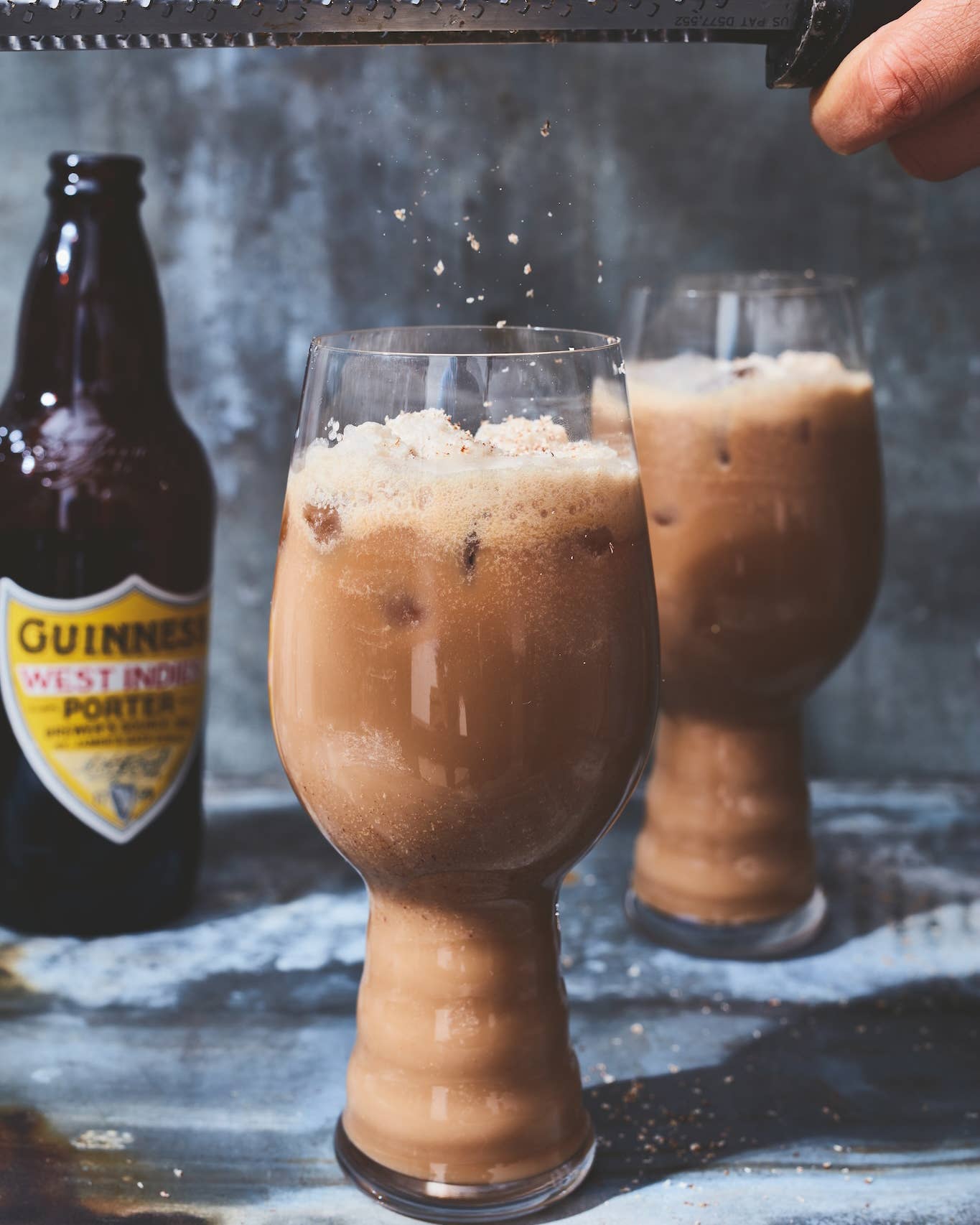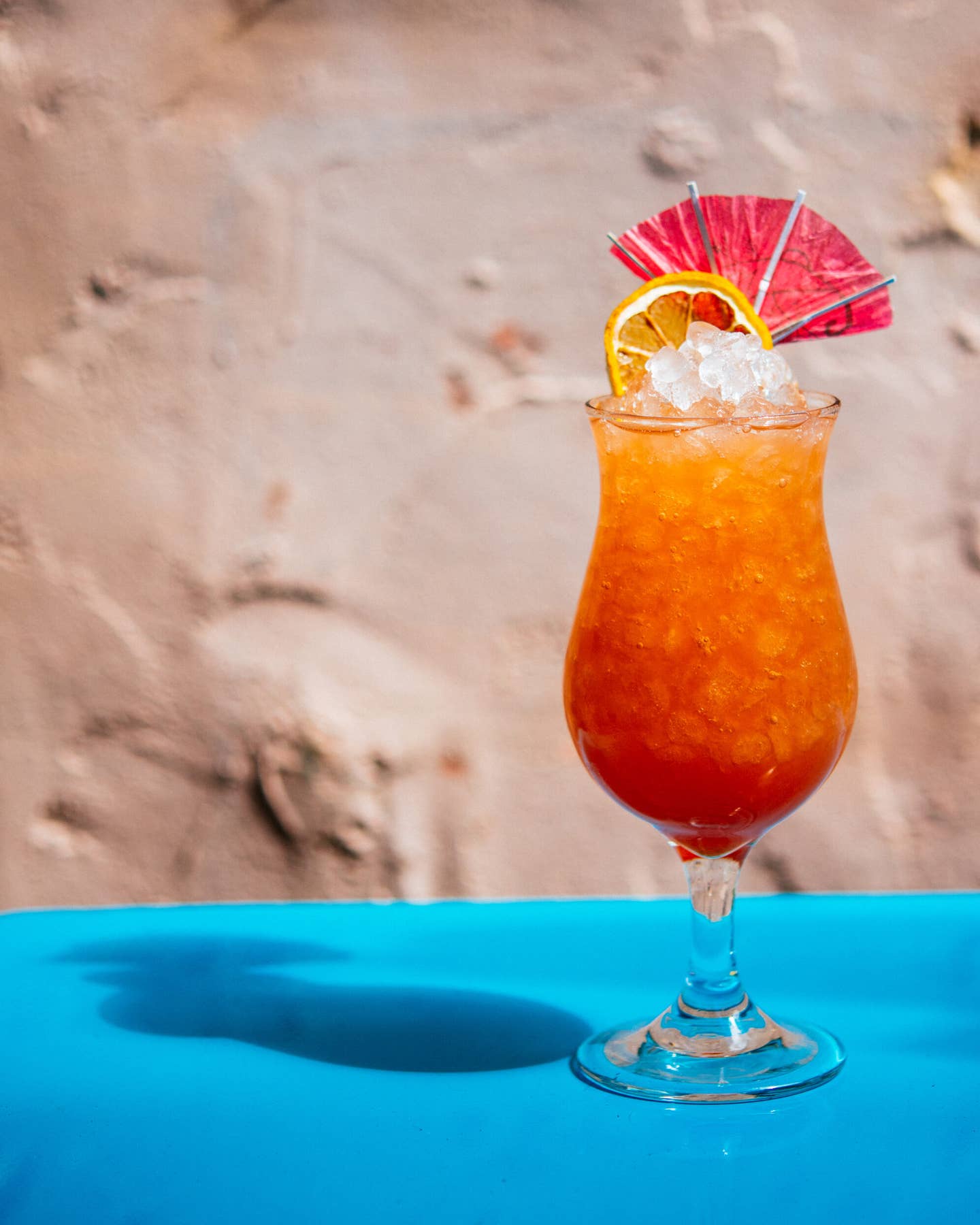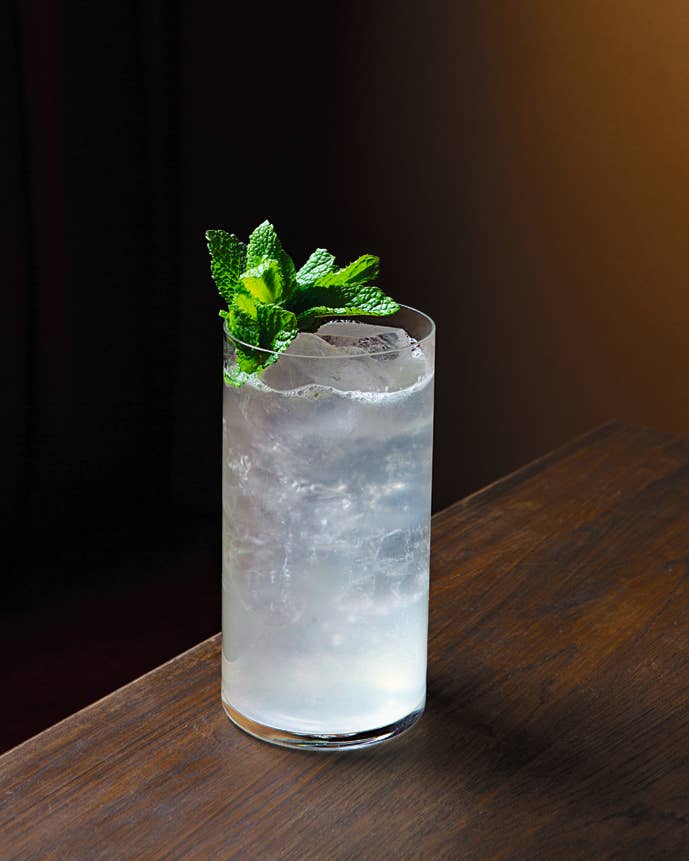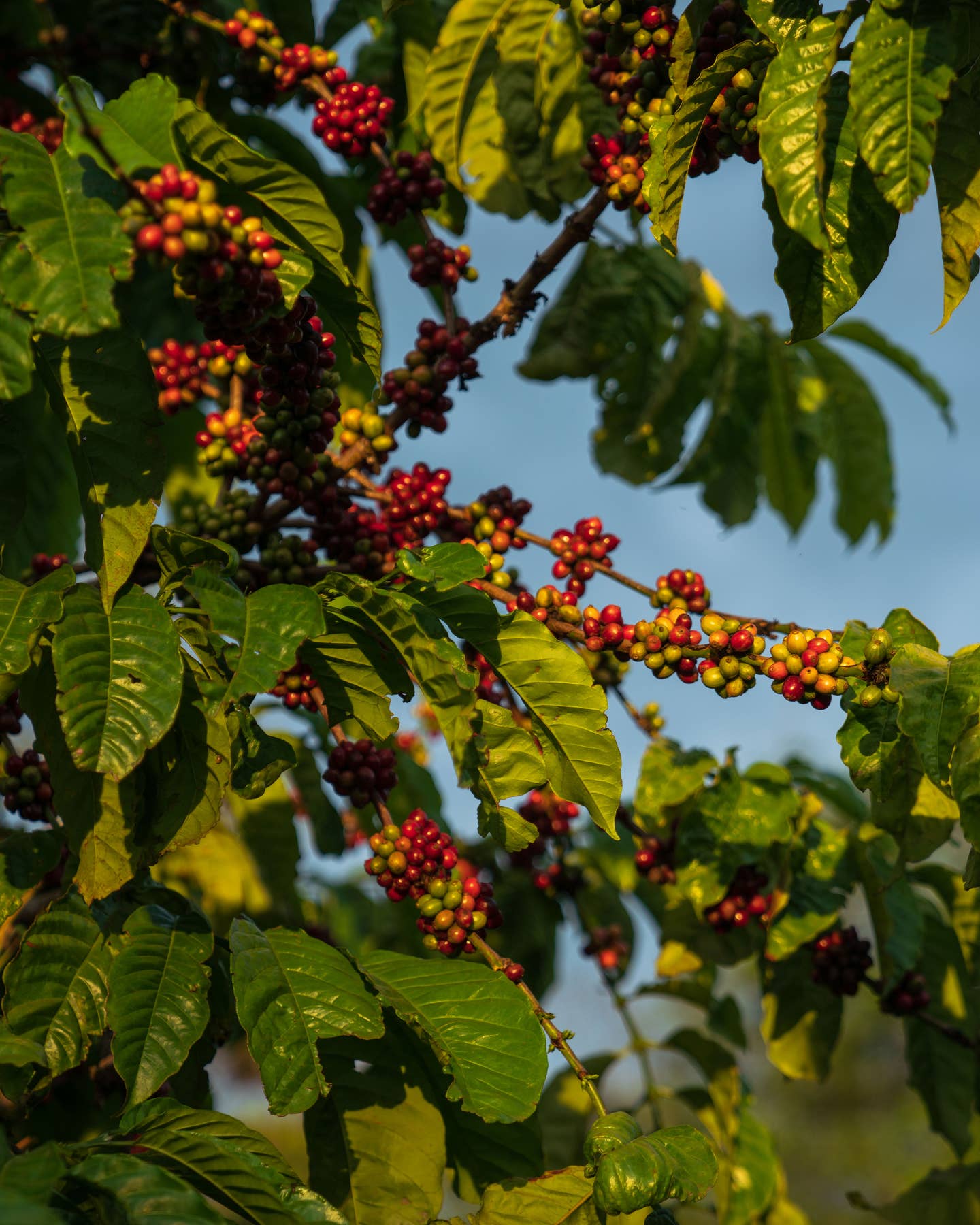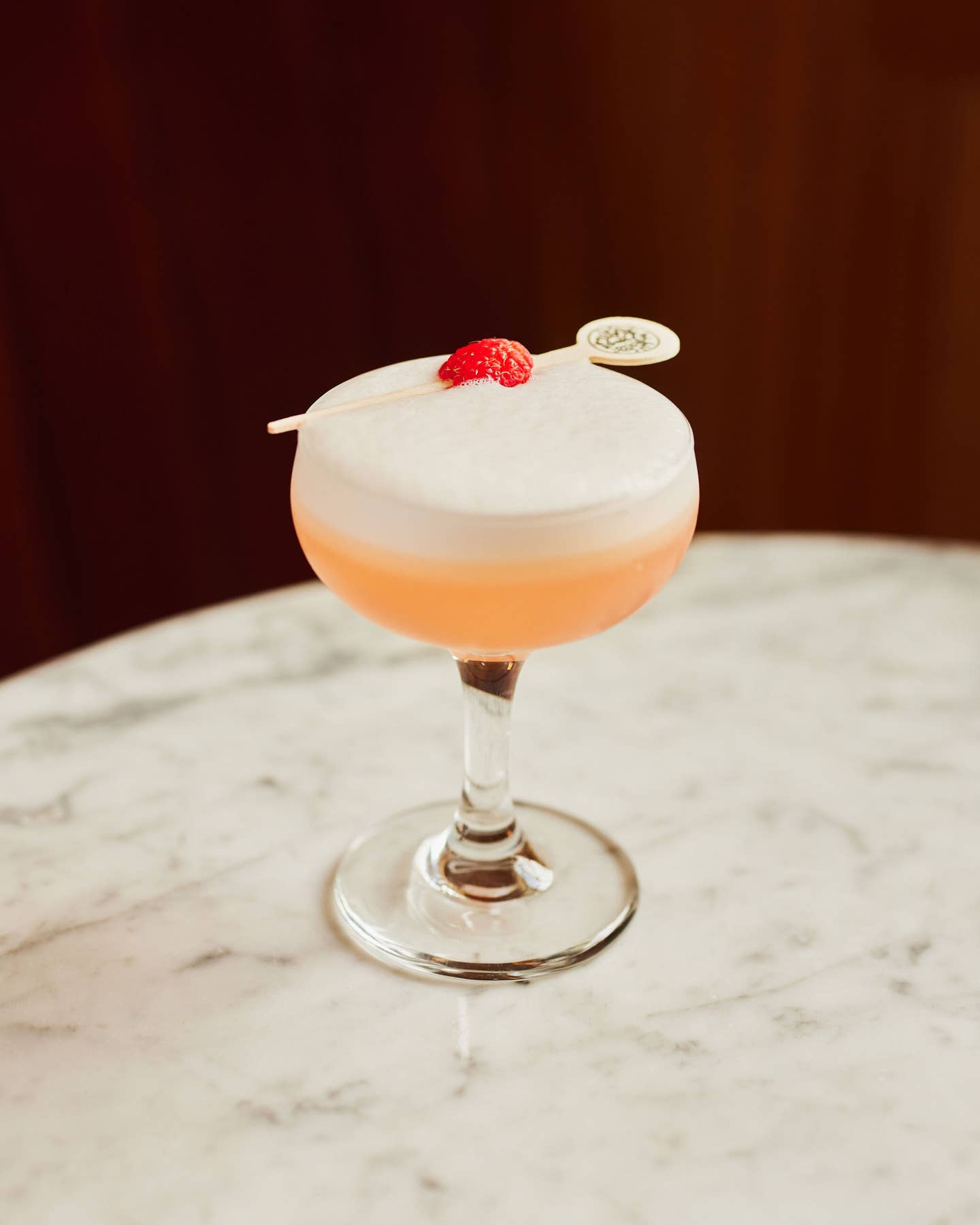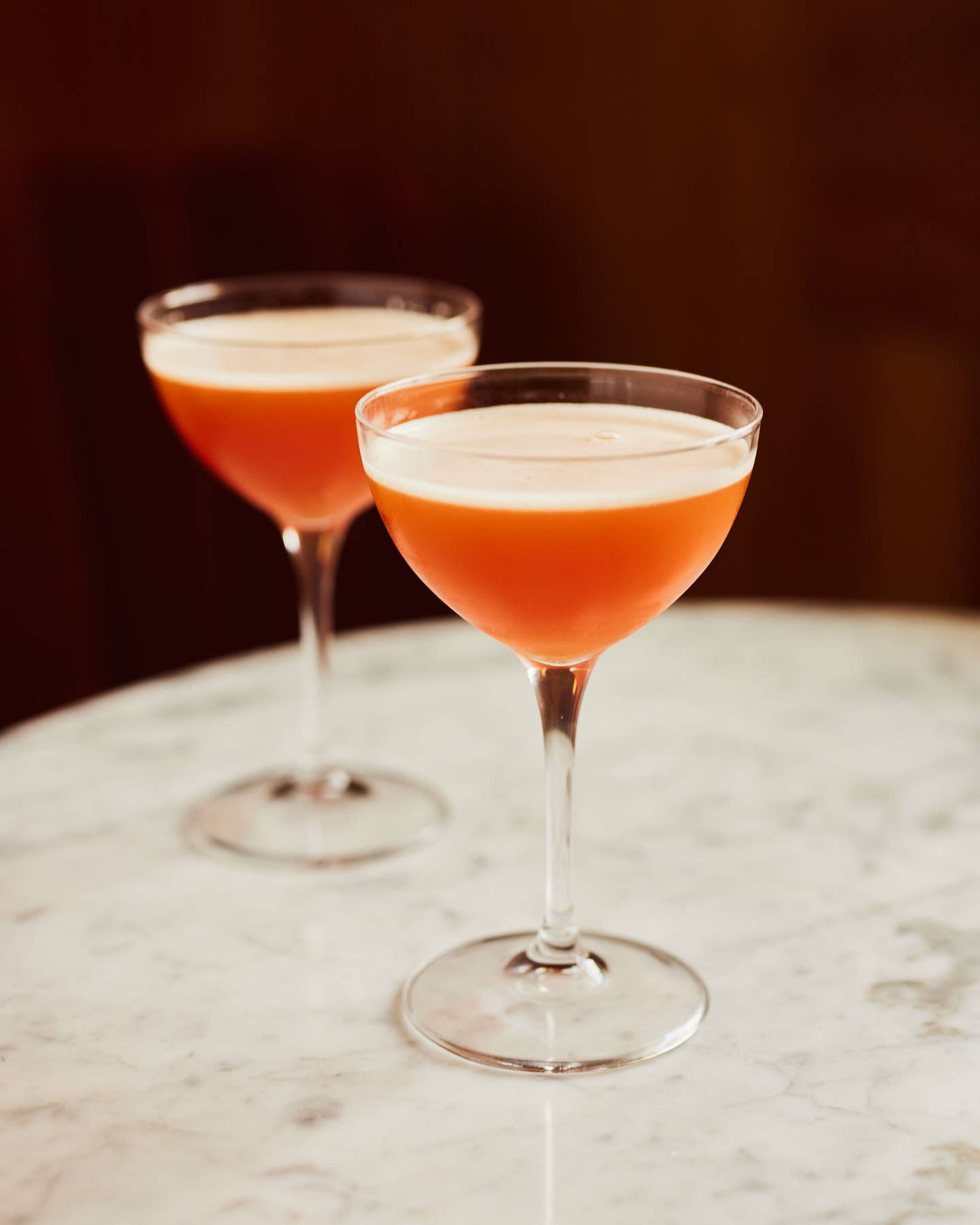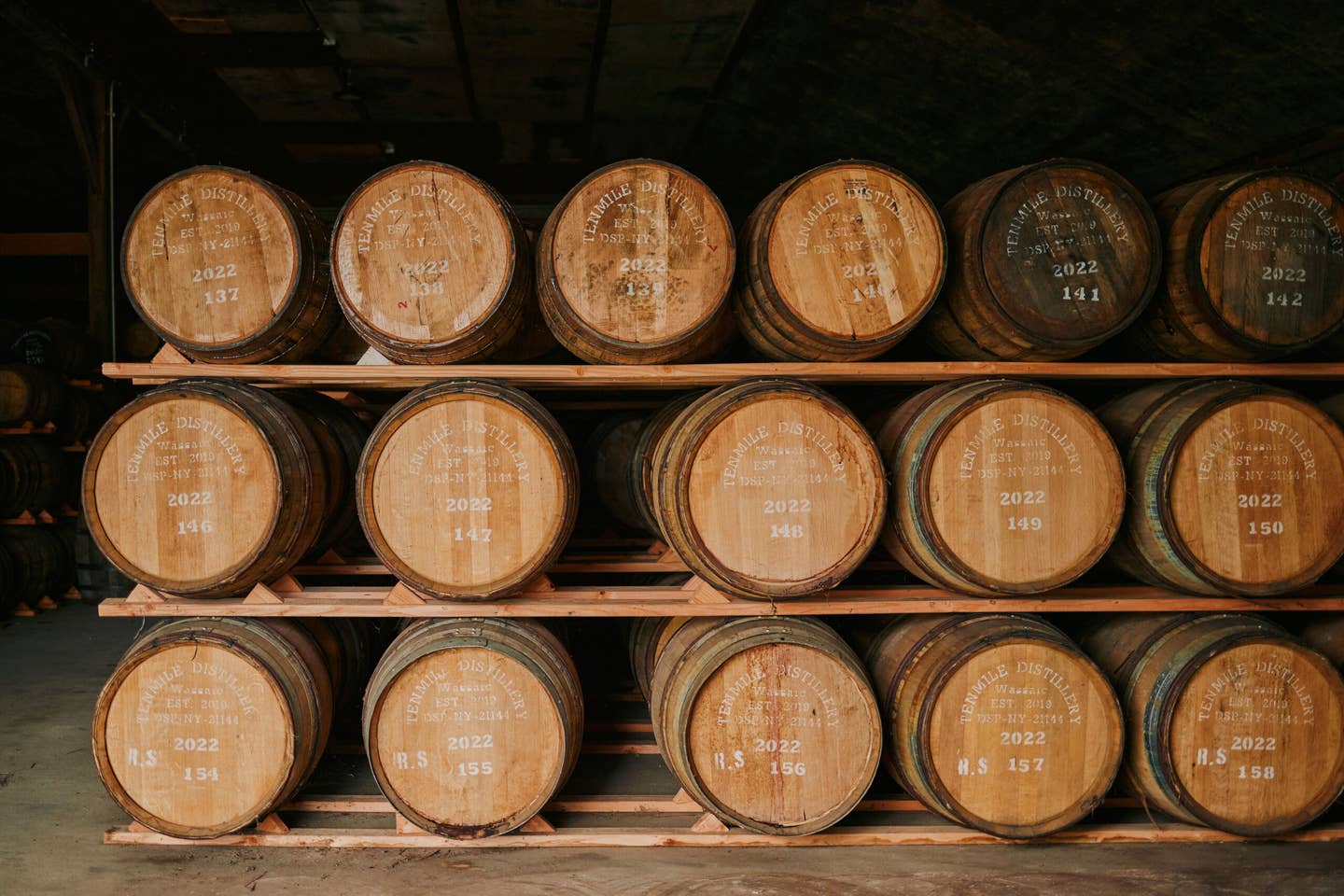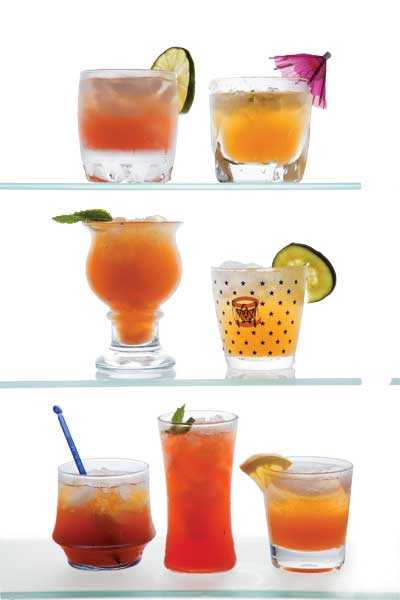
Endless Summer: Rum is Sunshine Distilled
Rum and I first met in the late 1970s, at a beach bar in Malibu, California. The drink was a chaotic mix of pineapple, orange, and passion-fruit juices, with grenadine, garnished with a maraschino cherry bleeding red dye onto a chunk of canned pineapple. Even with all those elements competing for my attention, the personality of the rum shone through, fiery and flirty. I wanted to get to know this spirit more intimately, but I soon discovered that rum has multiple personalities: Any liquor distilled from sugarcane or its byproduct molasses can bear the rum label; hundreds of brands, produced on every continent except Antarctica, now do. These rums range in character from crystal-clear to dark brown, bright and floral to smoky and rich.
Rum also has baggage: a 350-year history of scandal, from its illegitimate birth on Caribbean sugar plantations, where it was made by forced labor and used as barter in the slave trade, to the low company it kept among pirates and Prohibition-era rumrunners. And then came rum's association with postwar Polynesiacs who put tiki torches in their yards and umbrellas in their drinks. By the time I discovered them, rum cocktails were considered syrupy, silly. But once I began studying their history, I learned that they were—initially, anyway—actually sophisticated drinks, worth taking seriously. And it was rum's multi-faceted character that made it all possible.
Over the years, I've been able to track down many seminal recipes invented by Donn Beach, who single-handedly created the tiki bar in 1934, when he opened Don The Beachcomber in Hollywood. Although his bar's decor was Polynesian, Beach found his alcoholic inspiration in the Jamaican Planter's Punch. He took this simple combination of lime, sugar, and rum and ran with it; while no bartender would ever dream of mixing three different gins in a martini, Beach routinely combined different styles of rum in the same punch, creating a complex base spirit that no one bottle, no matter how good, could approach on its own.
Beach employed this method in most of the 60-plus original drinks at Don The Beachcomber—including his most powerful Planter's Punch riff, the Zombie. Beach's most famous imitator, Victor Jules "Trader Vic" Bergeron, created the Mai Tai, an exquisite mix of two different rums, lime juice, orange Curaçao, and almond-flavored orgeat syrup that became tiki's signature tipple—and as time went on, in lesser hands, made with cheap ingredients, a sticky-sweet example of its excesses.
The tiki fad aged out in the 1980s; by the time I started getting interested in classic rum cocktails, I was largely reduced to re-creating the drinks myself based on what I found in old recipe books and bar menus, or what I could glean from conversations with veteran bartenders. Today, budding rum enthusiasts can find what they're looking for in craft cocktail bars around the country. Bartenders have rediscovered Beach's rum-mixing technique and are using it to make both classic and new cocktails. Jamie Boudreau, who recently opened the bar Canon, in Seattle, has even served me what he calls the Mai Tai 3000: a classic Mai Tai deconstructed into bite-size squares of jellied rum—multiple varieties per square, of course—topped with orgeat foam.
Back in the early days of my rum education, I could have used a guide like Martin Cate, who stocks more than 300 brands of rum at his bar Smuggler's Cove, in San Francisco, where connoisseurs sip it neat as well as in cocktails. His diverse collection reflects rum's evolution over the last century. "Historically, rum was made only in wooden or copper pot stills, which yielded a more impure distillate but, as a result of these impurities, a very flavorful one," Cate says. "Today most rum is distilled in steel columns, often with a measure of pot distillate added for depth of character." What this means is that there's more variety than ever on the market, with rums ranging from light- to heavy-bodied, depending on the blend, with a thousand variants in between.
Parsing these variants can be frustrating at first; it certainly was for me. I could begin to gauge the worth of a scotch or cognac by the age printed on the label, but rum's never been subject to the codified production standards of those spirits; age statements can be misleading since blenders routinely cut old rum with new. It didn't help that most rums on U.S. shelves—then as now—came from the Caribbean, a family of islands that share no common language or cultural identity. Just as the word Caribbean is falsely homogenizing, so is the term Caribbean rum. A clear, light-bodied Cuban rum has as much in common with a black, syrupy Jamaican rum as chablis does with pinot noir. But in the end, I hit upon a strategy for finding the right bottle for my tastes. The first step was acquainting my palate with three somewhat arbitrary but still useful categories: ron, rhum, and rum.
Ron is the Spanish word for rum and the term of art for rums produced in the Spanish-speaking Caribbean. Although Puerto Rico is the biggest producer, Cuba and two countries of the former Spanish Main—Nicaragua and Venezuela—make the best of these generally light-bodied distillates, which range from dry, clear white rums to golden, more layered añejo (aged) rums. For those who lean toward vodka, white ron is a good gateway rum. It's essential for classic Cuban cocktails like the daiquiri and the mojito, which call for a subtler base spirit that doesn't overpower other ingredients; I especially like the smooth, nuanced Flor de Caña, from Nicaragua (see "Straight or Swizzled"). Scotch drinkers are better candidates for ron añejo, which spends up to 12 years in oak casks, as opposed to one or two years for white ron, mellowing and ripening as the wood imparts character to the raw spirit. While the deeper flavor of añejos encourages sipping neat, it also brings complexity to a full-bodied tiki punch like the Zombie.
Rhum denotes rums of the French-speaking Caribbean, the best of which come from Martinique. The island specializes in rhum agricole, or agricultural rum, distilled from fresh-pressed cane juice, as opposed to the molasses used to make other rums (called rhum industriel or rhum traditionnel in this context). Fermenting and distilling cane juice yields a grassy, vegetal spirit unlike anything else in the world of rum. Young, tequilalike white agricole is too harsh for sipping; Martinicans mix it with lime and cane syrup in their national drink, Petit Punch, or 'Ti Punch. This drink tastes even better with a rich, perfumey agricole vieux, aged from three to 15 years and—alone among rums—subject to the same strict aging guidelines that France applies to its homegrown spirits. What's more, according to rum historian and importer Ed Hamilton, "Agricoles aren't aged in American oak like other rums. They mature in French oak, which imparts a nutlike flavor instead of the usual vanilla." Many vieux bottlings, such as the top-shelf offerings from Neisson and Rhum J.M., approach the depth and complexity of XO cognac.
Finally, there's rum, the category for white, gold, and dark molasses-based rums produced in the former English colonies of the Caribbean—a big tent, including the amber, medium-bodied rums of St. Lucia (such as Chairman's Reserve) and the Virgin Islands (Cruzan); the pungent, heavy dark rums of Jamaica (Appleton makes the best of these); and my personal favorites, the smoky and woody Demerara rums of Guyana (as a kid watching pirate movies, I imagined the rum they swigged would taste like the Demeraras bottled today by Lemon Hart and El Dorado). Bourbon and Irish whiskey drinkers are drawn to the bold flavors of English-style rum, much of which is still pot-distilled. While rum is usually poured over ice in the English-speaking Caribbean, I like the way rums in this category lend ballast and brashness to a cocktail.
Over thirty years after my first sloppily made, radioactively garnished rum cocktail in Malibu, I found myself on the opposite coast, having the opposite experience at Manhattan's PDT Bar. Like his fellow craft cocktail revolutionaries, PDT's co-owner and chief mixologist Jim Meehan is continuing to push the limits of rum's mixological potential. "Rum gives me options, and I love options," Meehan told me as he assembled a new cocktail he calls the Chairman's Refresher. I took a sip. The canny combination of coconut water, Frangelico, and cucumber enhanced, rather than tamed, the brassiness of the English-style rum that had inspired Meehan to create the drink.
As he started mixing my second round, Meehan told me that he uses rums—and rons and rhums—from all over the Caribbean in his cocktails. "It's the diversity of rum that makes it so rewarding. It can be tacky, sophisticated, sweet, earthy, old, French, or Dominican. There is a rum, and therefore a rum drink, that will please almost anyone."
Keep Reading
Continue to Next Story



